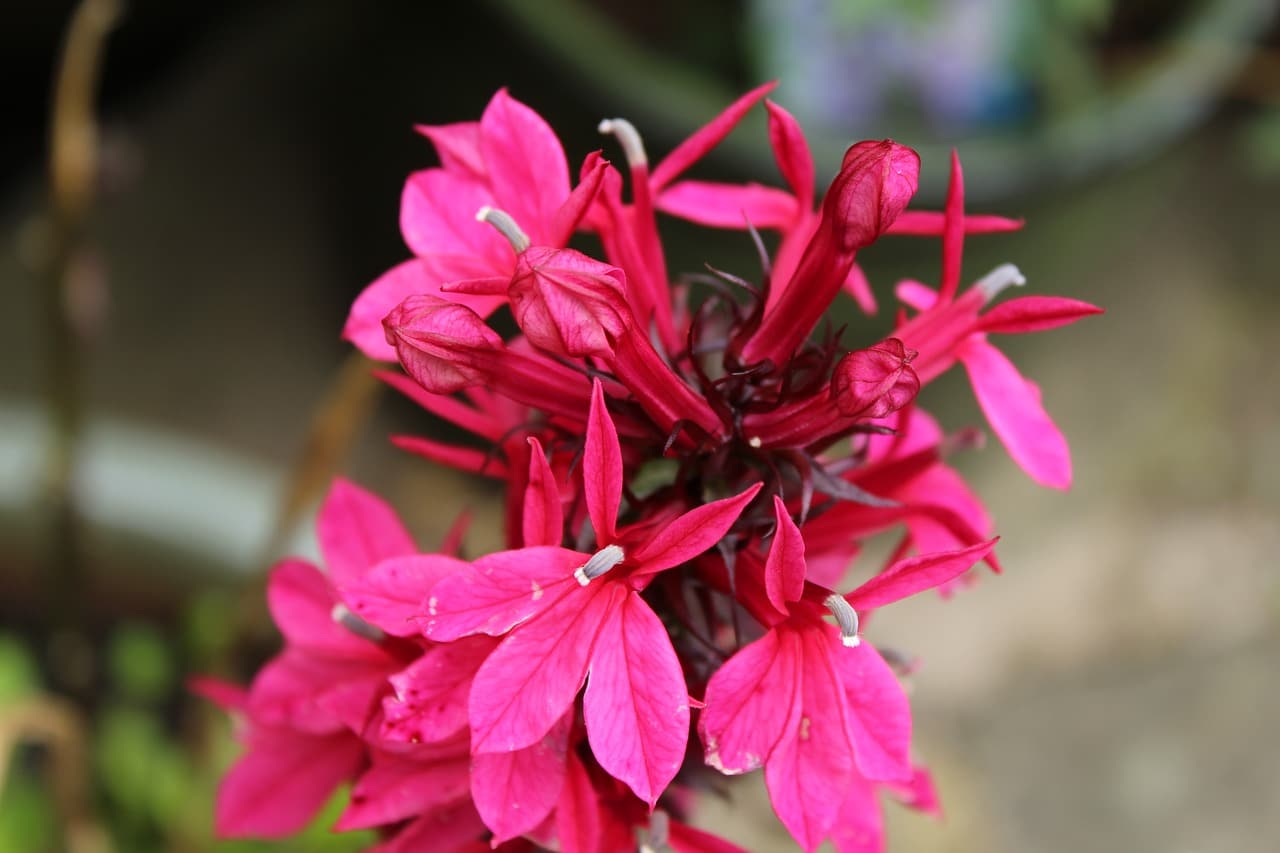If you want to know how to keep annuals alive through winter, you must consider how to overwinter them and which are best for overwintering. Gardeners often dread the cold season, especially if their location experiences harsh winter. The good news is that one can overcome this time of the year by using a greenhouse for winter-sensitive plants.
By definition, annuals only live and bloom for a year, and you can expect that the end of the growing season is also their termination. But before you cave in this prospect every winter, below are some useful tips and tricks to overwinter your annuals and how to choose ones that should stay alive through the cold season.

Best Guide For How To Keep Annuals Alive Through Winter
Overwintering annuals
The best solution to keep annuals alive through winter is by overwintering them. As mentioned earlier, the greenhouse presents itself as the solution for the cold season. The term overwintering itself is straightforward, where you place plants in a sheltered location to spend the winter.
The plants can continue growing indoors without drawbacks from the cold weather, or it can serve as a safe location for dormancy, and storage of bulbs. The ideal shelter for annuals would be a greenhouse, but you can also use a garage or any place in your home. However, using a greenhouse provides the proper space and conditions for the annuals.
You can also adjust the temperature and other factors indoors more comfortably compared to other shelters. Remember that some plants have different needs once winter comes, and changing the indoor conditions is a must.
Step #1. Preparation
According to the University of Nebraska-Lincoln, you have two options on overwintering annuals. You can opt to dig up the whole plant or take cuttings and grow new plants. For the former, you want to start digging up before frost begins in fall.
For easier handling and to help the plant recover quickly, gardeners must cut the top back by a third or more. Ensure that you also get the majority of the root system as much as you can, while also removing all the garden soil to guarantee good drainage. After preparing the whole plant, repot it in a container with fresh organic potting soil that can anticipate the roots’ size.
You can also overwinter annuals by taking 3 to 4-inch cuttings instead of the whole plant using a sharp and sterile knife in the middle of summer. Ensure that you’re collecting from flowering shoots, but if you’re out of options, pinch all the buds and blooms. If you’re familiar with propagation from cuttings, then you should also assume that you must remove all the leaves at the lower half of the stem before planting.
You can dip the end in rooting hormone before inserting it in a pot filled with moist potting soil or other media like damp perlite. Afterward, place the cuttings in the greenhouse area out of direct sunlight and continue to maintain moisture. The cuttings should root after six weeks, and then you can gauge if they are ready for transplanting.
Step #2. Maintenance and transplanting
You start by covering the pots, each with a plastic bag, ensuring that the plastic is not touching the plants. Once they start growing, you can remove this cover and further encourage branching by pinching the growing tips. You can also take advantage of the greenhouse lights and add cool and warm-white bulbs 12 inches above the annuals for 12 to 16 hours a day.
Ensure moisture without overwatering, and you can start fertilizing in late winter or early spring. While in the greenhouse, you must also regularly check for signs of pests and diseases. Afterward, you can replant your annuals outdoors after the danger of frost has passed.
The emphasis is necessary on letting your annuals harden off by acclimating them slowly to the outdoors first. This way, you can guarantee that they will be vigorous enough to withstand the fluctuating conditions outside.
Choosing annuals for overwintering
Another topic to consider is the annuals you’ll overwinter. You don’t want to bring damaged and sick annuals indoors as they are unlikely to survive from stress. You also have to get the plants to slowly get used to the upcoming changes indoors before transferring them.
Some annuals will be easier to overwinter, so always do your research on your plants to avoid issues. For context, some easy annuals to overwinter are begonias, browallias, coleus, fuchsias, geraniums, impatiens, lantanas, and verbenas. Still, your success in overwintering any annual always depends on your methods and the maintenance of ideal indoor conditions.
Conclusion
Annuals keep the garden lively, but we often have to bid goodbye to them once winter comes. However, you can learn how to keep annuals alive through winter using a greenhouse and overwinter them. Overwintering annuals only takes two steps, which are preparation and maintenance until transplanting.
You can overwinter whole plants or cuttings, and the greenhouse should make it comfortable for you to adjust their ideal environment. However, it’s worth noting that not all annuals will be easy to overwinter. Additionally, prepare your plants beforehand by acclimating them to the indoor conditions and never use annuals that are sick and damaged for overwintering.
